
7 Essential Facts About Thermal Magnetic Circuit Breakers You Need to Know
In the world of electrical systems, safety and reliability are paramount, making the understanding of the Thermal Magnetic Circuit Breaker essential for both professionals and enthusiasts alike. This innovative device is designed to protect electrical circuits from overloads and short circuits, ensuring that systems operate smoothly and efficiently. With its dual-functionality—thermal protection against prolonged current overloads and magnetic protection against sudden surges—users can enjoy peace of mind knowing their electrical equipment is safeguarded. However, despite its importance, many are unaware of the fundamental aspects that determine the effectiveness and performance of a Thermal Magnetic Circuit Breaker. This article aims to elucidate seven vital facts that everyone should recognize about these crucial components, empowering readers to make informed decisions and enhance their understanding of electrical safety measures.
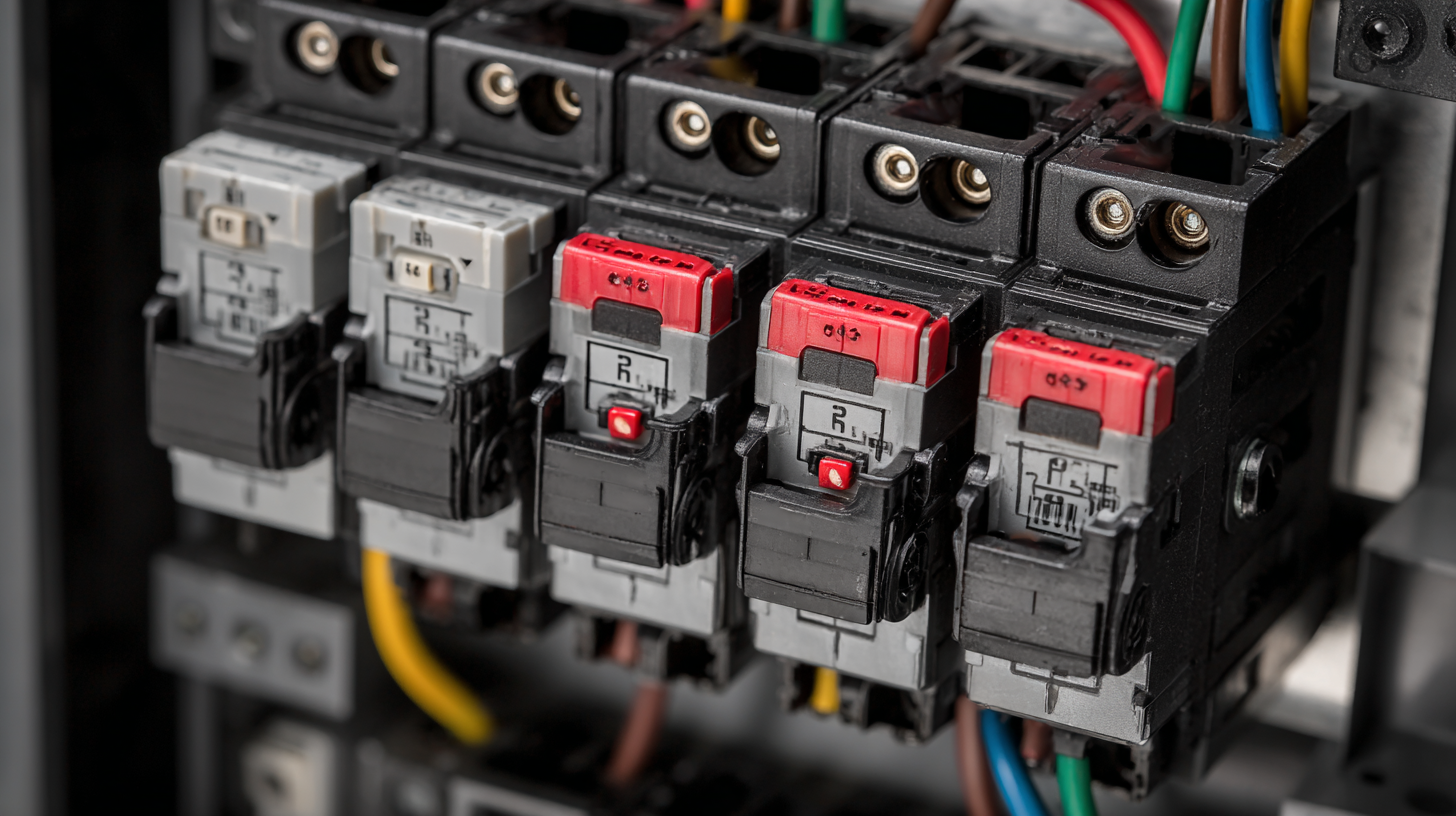
Understanding the Functionality of Thermal Magnetic Circuit Breakers in Electrical Systems
Thermal magnetic circuit breakers are crucial components in modern electrical systems, offering dual protection against overloads and short circuits. These devices leverage a two-pronged mechanism: the thermal element responds to prolonged overcurrent conditions by using a bimetallic strip that bends to break the circuit, while the magnetic element reacts instantaneously to short circuits, ensuring swift disconnection. According to the National Electrical Manufacturers Association (NEMA), thermal magnetic breakers are prevalent in residential and commercial applications, with over 60% of electrical panel installations incorporating these critical safety devices.
Recent industry reports indicate that the global market for circuit breakers is expected to reach $13.5 billion by 2026, driven by increasing industrial automation and the growing demand for energy efficiency. With advancements in technology, modern thermal magnetic circuit breakers feature improved sensitivity and reduced response times, enhancing their reliability in preventing electrical fires and equipment damage. Furthermore, new designs include integrated smart technologies that allow for remote monitoring and improved response capabilities, aligning with the Industry 4.0 trend of interconnected systems. This evolution in functionality underscores the importance of understanding and implementing thermal magnetic circuit breakers within electrical infrastructures.
7 Essential Facts About Thermal Magnetic Circuit Breakers
| Fact | Description |
|---|---|
| 1. Functionality | Thermal magnetic circuit breakers protect electrical circuits by detecting overloads and short circuits, automatically interrupting the flow of electricity. |
| 2. Components | These breakers consist of two main components: a thermal element that responds to overloads and a magnetic element that responds to short circuits. |
| 3. Rating | Thermal magnetic circuit breakers are available in various ratings to suit different applications, typically defined by the maximum current they can handle. |
| 4. Reset Mechanism | Many thermal magnetic circuit breakers feature a manual reset function, allowing users to restore operation after a trip. |
| 5. Applications | These breakers are widely used in residential, commercial, and industrial settings to safeguard electrical systems. |
| 6. Benefits | Thermal magnetic circuit breakers provide reliable protection against electrical faults and are easy to reset after a trip. |
| 7. Maintenance | Regular testing and maintenance of these breakers are essential to ensure their proper functioning and longevity in the electrical system. |
Key Differences Between Thermal and Magnetic Protection Mechanisms in Circuit Breakers
When it comes to understanding thermal magnetic circuit breakers, it's crucial to differentiate between the two core protection mechanisms: thermal protection and magnetic protection. Thermal protection primarily operates based on heat generation caused by excess current. According to a recent report by the National Electrical Manufacturers Association (NEMA), around 60% of electrical faults can be attributed to overloads, which thermal breakers effectively address by tripping after a time delay. This delay allows for temporary overloads, ensuring that the circuit remains operational under normal conditions but still provides protection against prolonged excess current.
On the other hand, magnetic protection responds instantaneously to short circuits. The rapid response of magnetic trip mechanisms can prevent significant damage to electrical equipment and avoid potential fire hazards. Industry data suggest that over 50% of electrical fires caused by short circuits could be mitigated with efficient magnetic protection. This highlights the importance of integrating both mechanisms within circuit breakers for comprehensive safety and reliability.
**Tips:** When selecting thermal magnetic circuit breakers, consider the specific requirements of your electrical system. Ensure that the thermal settings are compatible with the load to prevent nuisance tripping, and verify that the magnetic trip threshold is appropriate to safeguard against short circuits. It's also beneficial to regularly test and maintain these breakers to ensure their optimal performance.
Industry Standards and Ratings: What You Need to Know About Thermal Magnetic Circuit Breakers
Thermal magnetic circuit breakers (TMCBs) play a crucial role in protecting electrical circuits from overloads and short circuits. Understanding industry standards and ratings is essential for selecting the appropriate TMCB for specific applications. According to the National Electrical Manufacturers Association (NEMA), TMCBs are classified by their trip ratings, which typically range from 15A to 800A. These ratings are crucial as they dictate the maximum current a breaker can handle before tripping, ensuring optimal safety and functionality in electrical systems.
In addition to trip ratings, the International Electrotechnical Commission (IEC) has established standards, such as IEC 60947-2, that outline performance requirements for TMCBs. This standard includes criteria for temperature rise, dielectric properties, and mechanical durability. Compliance with these standards is vital, as it provides assurance that the circuit breakers can effectively handle their rated capacities under various conditions. A recent report by the Global Circuit Breaker Market indicates a growing demand for reliable and standard-compliant TMCBs, with an expected increase of 5.2% in the market through 2025, driven by advancements in smart grid technology and the need for more efficient energy consumption. Understanding these key factors not only aids in proper selection but also ensures the safety and longevity of electrical systems.
Essential Ratings of Thermal Magnetic Circuit Breakers
This chart illustrates the essential ratings of thermal magnetic circuit breakers, highlighting their current and voltage ratings, breaking capacity, trip curves, and operational temperature ranges. Understanding these ratings is crucial for selecting the appropriate circuit breaker for various applications.
Impact of Thermal Magnetic Circuit Breakers on Energy Efficiency and System Reliability
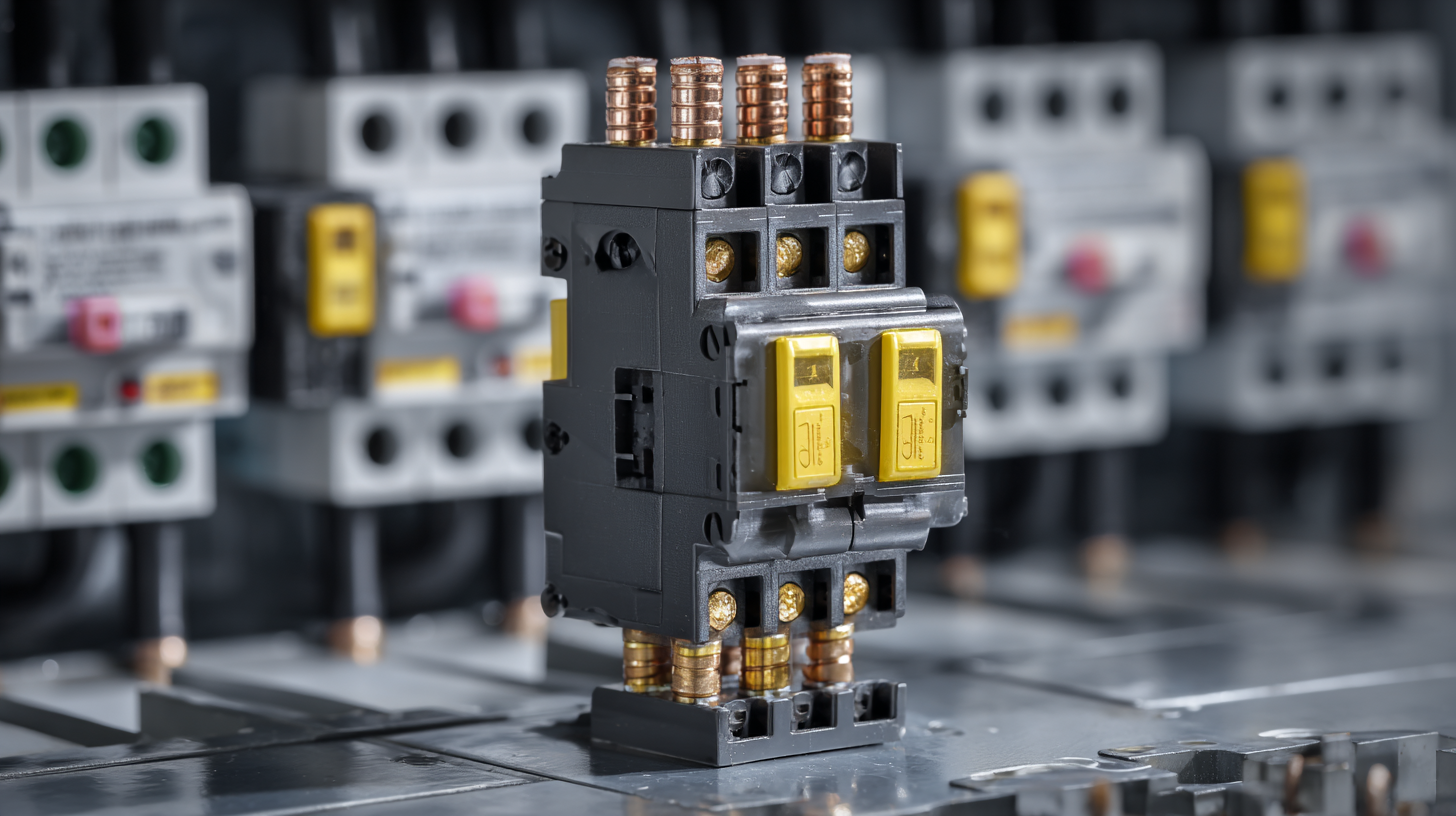 Thermal magnetic circuit breakers (TMCBs) play a crucial role in enhancing energy efficiency and system reliability in electrical distribution networks. According to a report by the National Electrical Manufacturers Association (NEMA), TMCBs can reduce energy losses by up to 15% compared to traditional circuit protection devices. This efficiency is largely attributed to their ability to provide both instantaneous and delayed protection, enabling systems to respond dynamically to varying electrical loads.
Thermal magnetic circuit breakers (TMCBs) play a crucial role in enhancing energy efficiency and system reliability in electrical distribution networks. According to a report by the National Electrical Manufacturers Association (NEMA), TMCBs can reduce energy losses by up to 15% compared to traditional circuit protection devices. This efficiency is largely attributed to their ability to provide both instantaneous and delayed protection, enabling systems to respond dynamically to varying electrical loads.
Moreover, the reliability of TMCBs significantly impacts overall system performance. The International Electrotechnical Commission (IEC) states that systems utilizing TMCBs experience a 20% reduction in downtime due to their dual operational mechanism, which ensures protection against overloads while minimizing nuisance tripping. Enhanced reliability not only lowers maintenance costs but also extends the lifespan of electrical components, leading to better overall energy usage. Thus, investing in thermal magnetic circuit breakers translates to improved operational efficiency and a robust electrical infrastructure.
Analyzing Failure Rates and Maintenance Needs of Thermal Magnetic Circuit Breakers in Various Applications
Thermal magnetic circuit breakers are crucial in a variety of applications, providing protection against overloads and short circuits. Recent studies highlight significant differences in failure rates based on application types. According to the Electric Power Research Institute, thermal magnetic circuit breakers in commercial buildings experience a failure rate of approximately 2.3% annually, which can lead to extended downtime and increased operational costs. In contrast, industrial settings, with their harsher operating conditions, report a failure rate of around 5.1%. This discrepancy underscores the importance of tailored maintenance strategies for different environments.
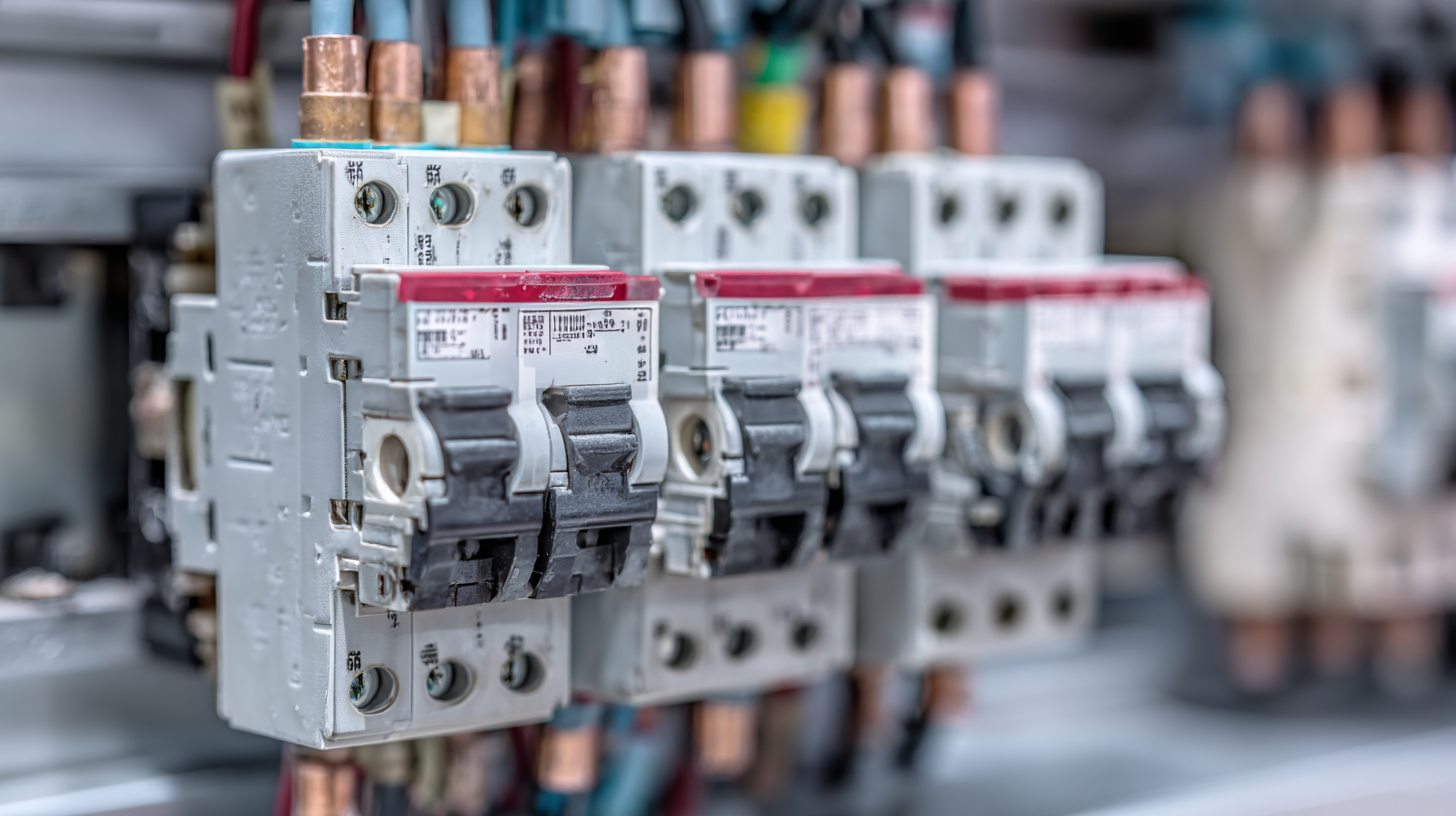
Moreover, maintenance needs also vary significantly across applications. A survey conducted by the International Electrotechnical Commission found that routine inspections and tests can reduce failure rates by up to 40% in industrial applications. While residential thermal magnetic breakers require less frequent maintenance due to milder operating conditions, proactive measures remain essential. By adhering to manufacturer recommendations and investing in periodic performance assessments, businesses can extend the lifespan of their thermal magnetic circuit breakers and maintain optimal operational efficiency.
Related Posts
-
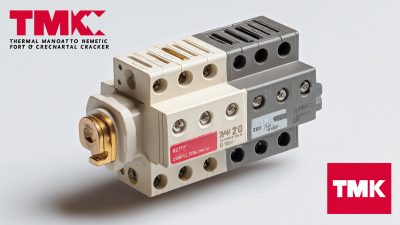
2025 Market Insights: The Future of Best Thermal Magnetic Circuit Breakers
-

Top 10 Electronic Circuit Breaker Manufacturers from China at the 137th Canton Fair
-

Ultimate Guide to Understanding Molded Case Circuit Breakers for Global Procurement
-

Ultimate Guide to Understanding Molded Case Breakers for Your Electrical Needs
-

Ultimate Checklist for Choosing the Best Low Voltage Circuit Breaker
-
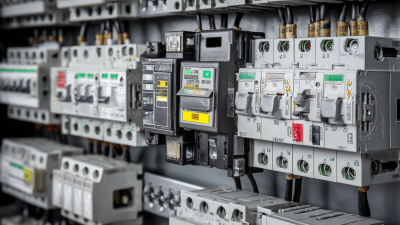
How to Choose the Right Low Voltage Circuit Breaker for Your Electrical System Efficiency

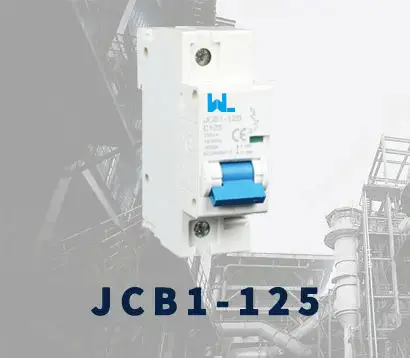 JCB1-125
JCB1-125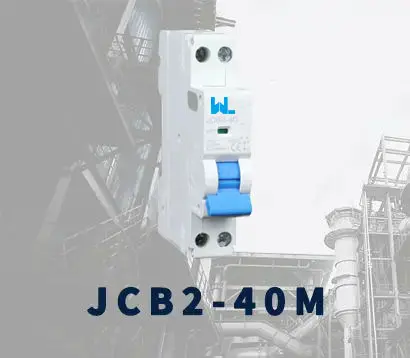 JCB2-40M
JCB2-40M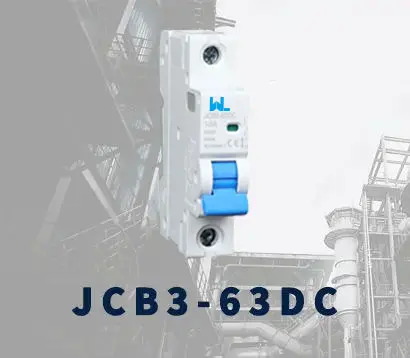 JCB3-63DC
JCB3-63DC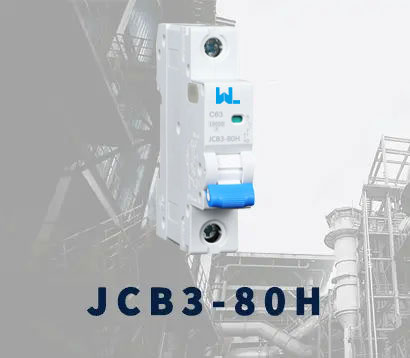 JCB3-80H
JCB3-80H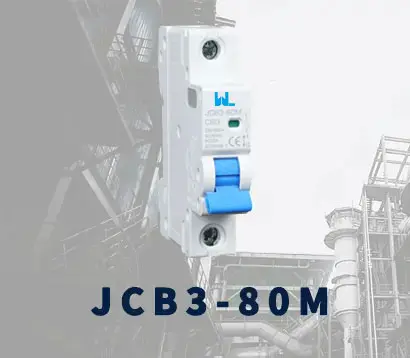 JCB3-80M
JCB3-80M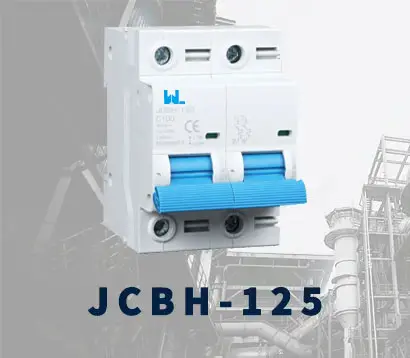 JCBH-125
JCBH-125 JC125-4P
JC125-4P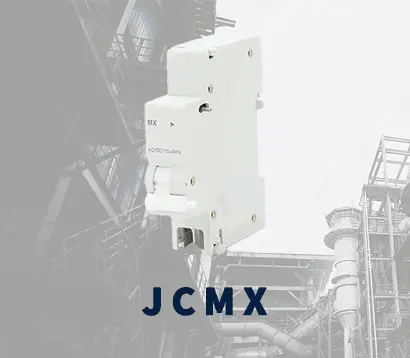 JCMX
JCMX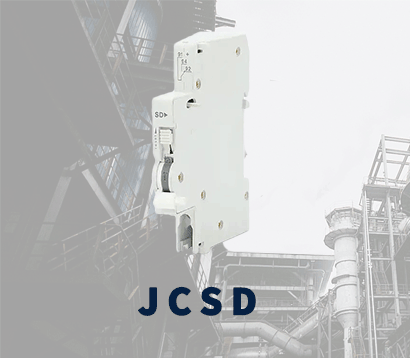 JCSD
JCSD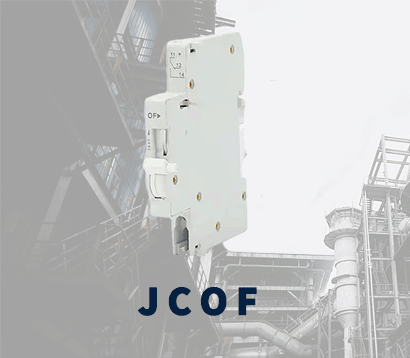 JCOF
JCOF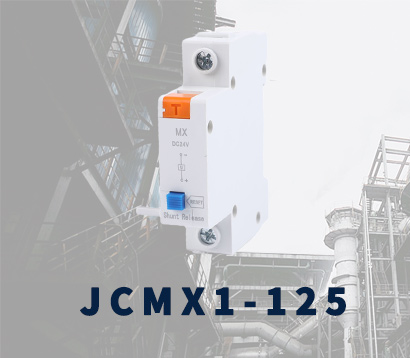 JCMX1-125
JCMX1-125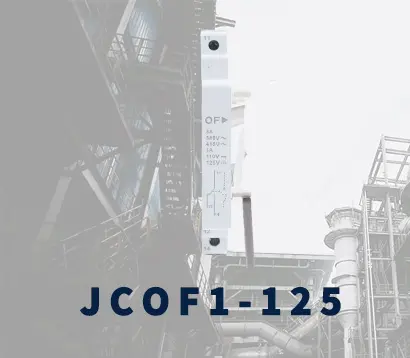 JCOF1-125
JCOF1-125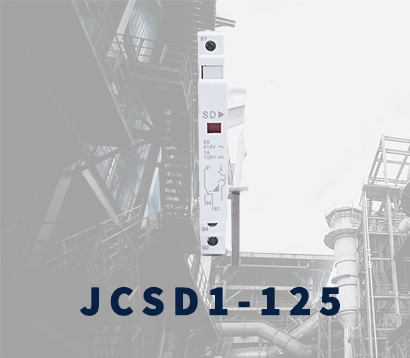 JCSD1-125
JCSD1-125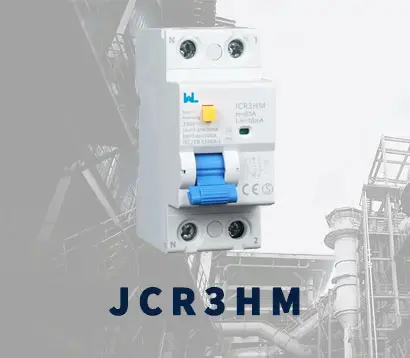 JCR3HM
JCR3HM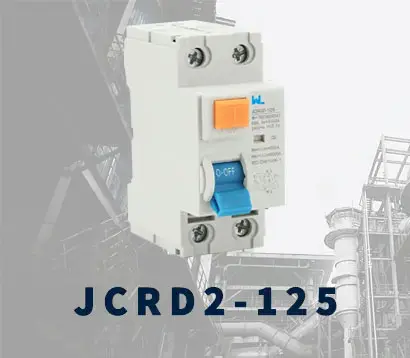 JCRD2-125
JCRD2-125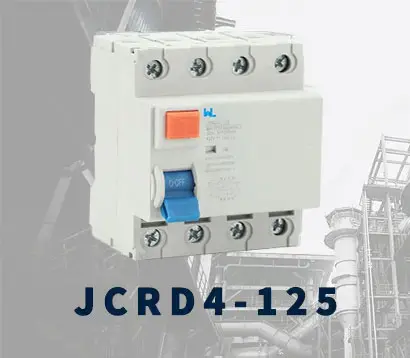 JCRD4-125
JCRD4-125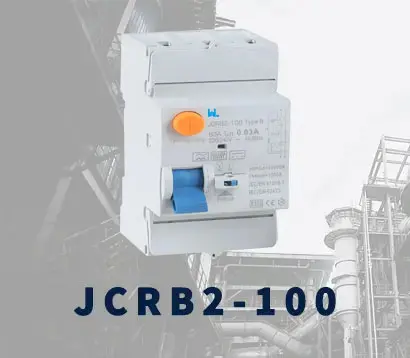 JCRB2-100
JCRB2-100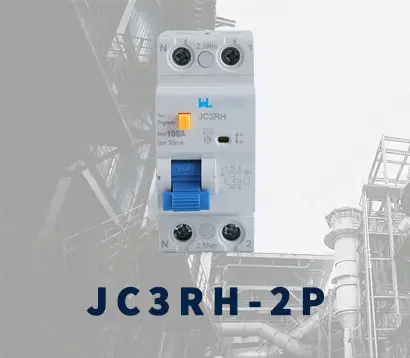 JC3RH-2P
JC3RH-2P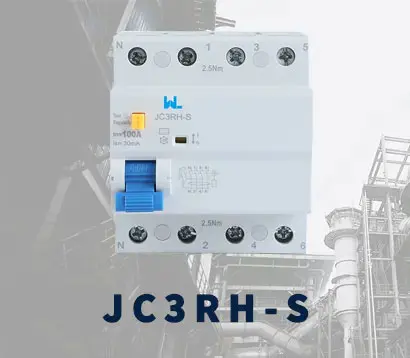 JC3RH-S
JC3RH-S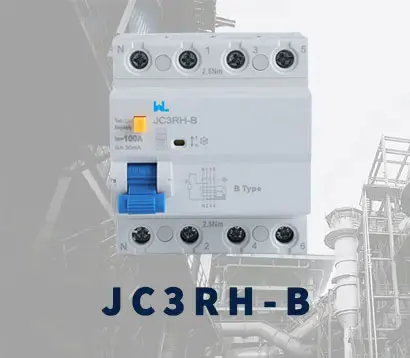 JC3RH-B
JC3RH-B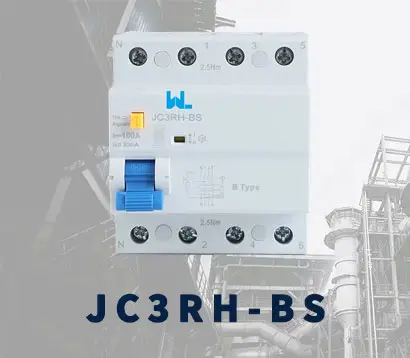 JC3RH-BS
JC3RH-BS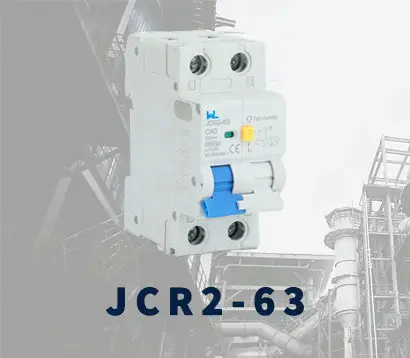 JCR2-63
JCR2-63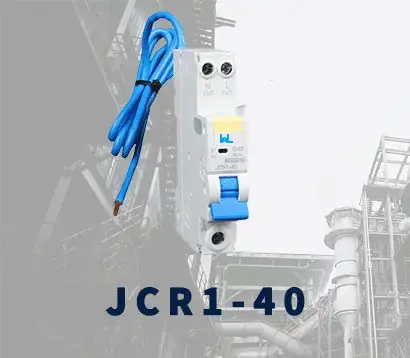 JCR1-40
JCR1-40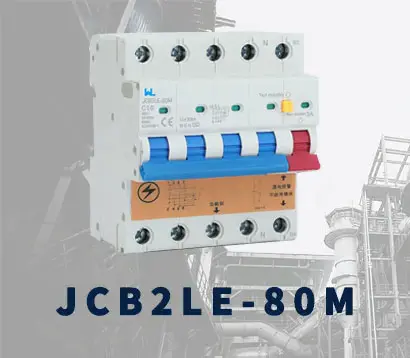 JCB2LE-80M
JCB2LE-80M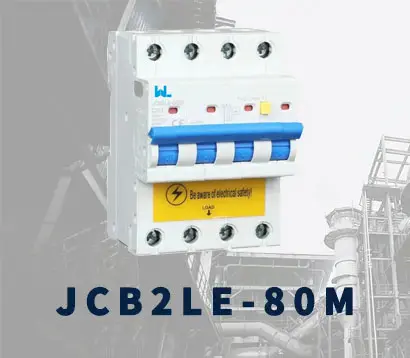 JCB2LE-80M
JCB2LE-80M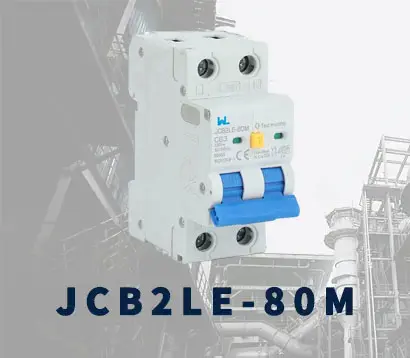 JCB2LE-80M
JCB2LE-80M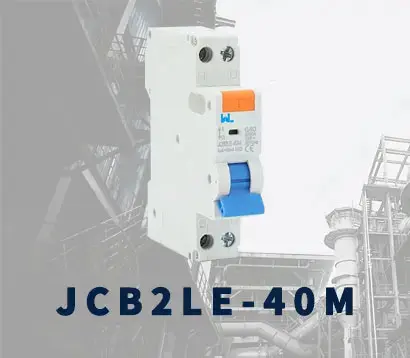 JCB2LE-40M
JCB2LE-40M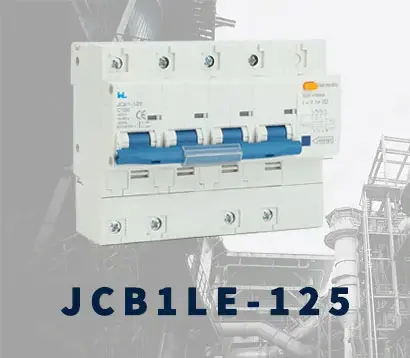 JCB1LE-125
JCB1LE-125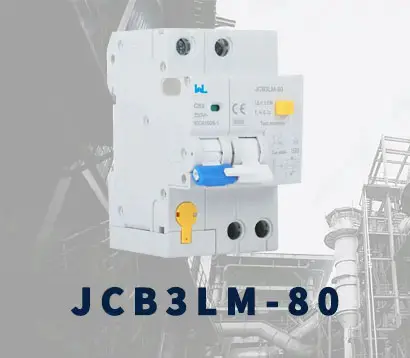 JCB3LM-80
JCB3LM-80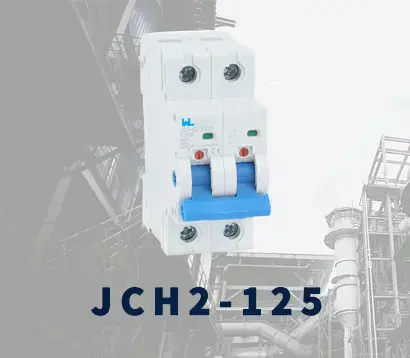 JCH2-125
JCH2-125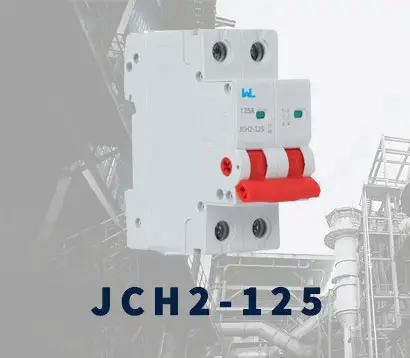 JCH2-125
JCH2-125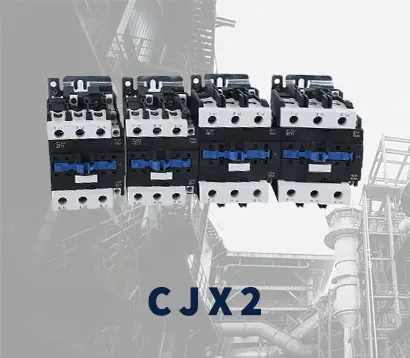 CJX2
CJX2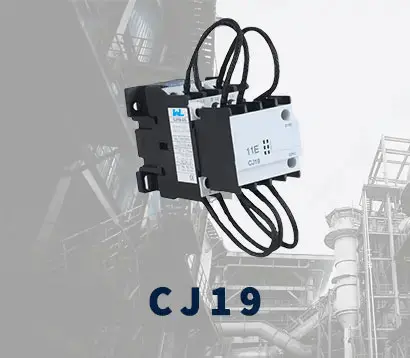 CJ19
CJ19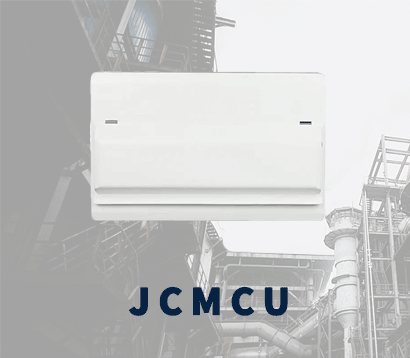 JCMCU
JCMCU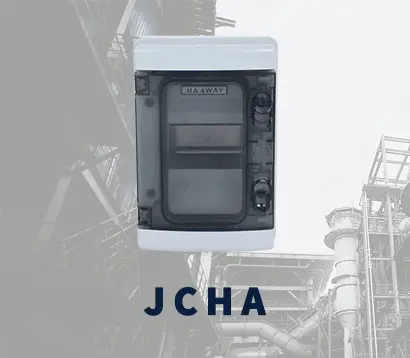 JCHA
JCHA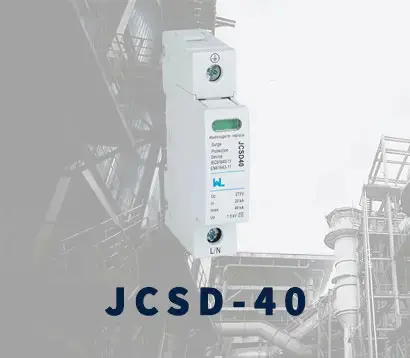 JCSD-40
JCSD-40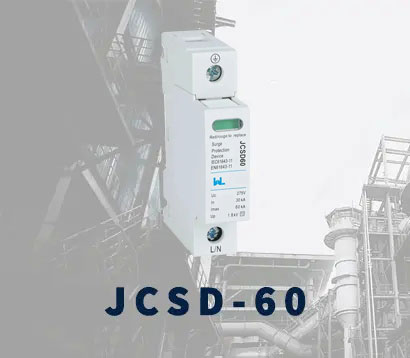 JCSD-60
JCSD-60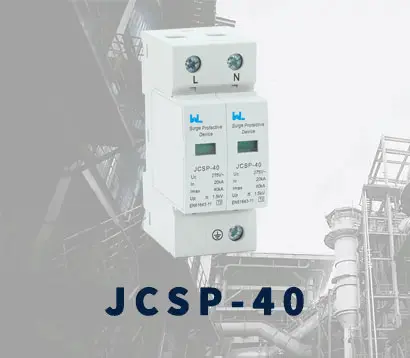 JCSP-40
JCSP-40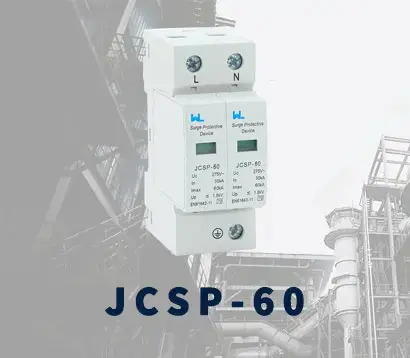 JCSP-60
JCSP-60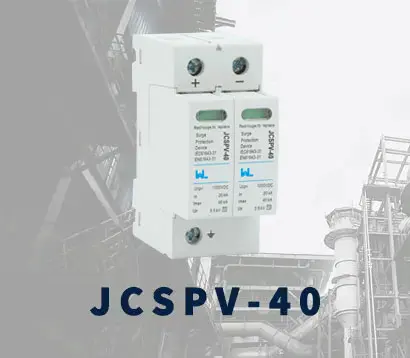 JCSPV
JCSPV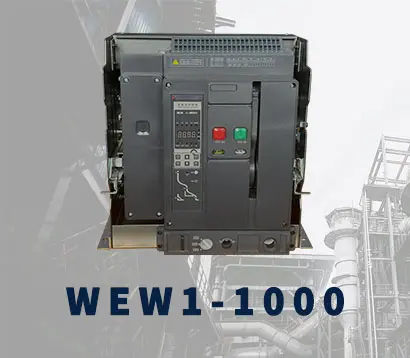 WEW1-1000
WEW1-1000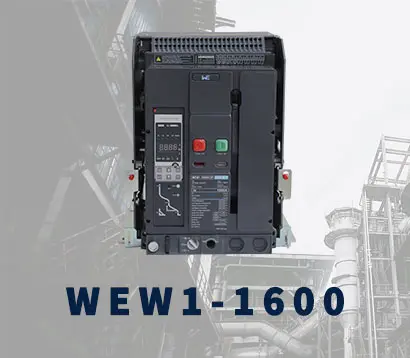 WEW1-1600
WEW1-1600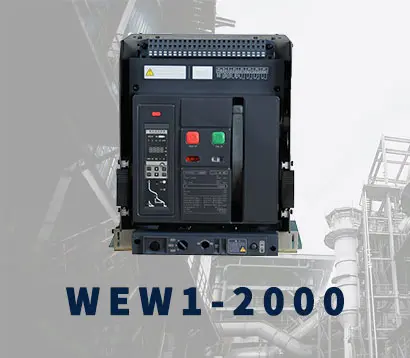 WEW1-2000
WEW1-2000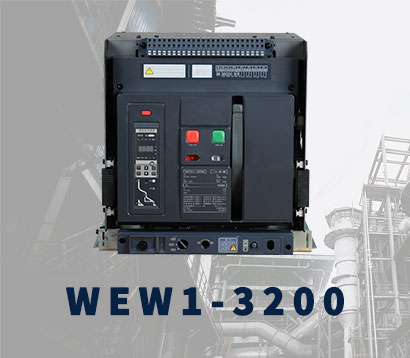 WEW1-3200
WEW1-3200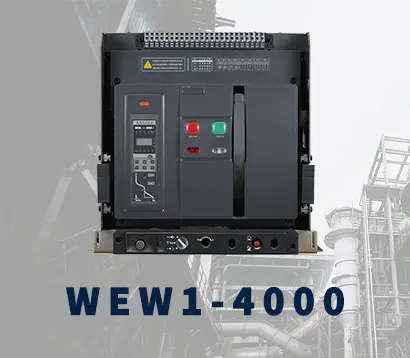 WEW1-4000
WEW1-4000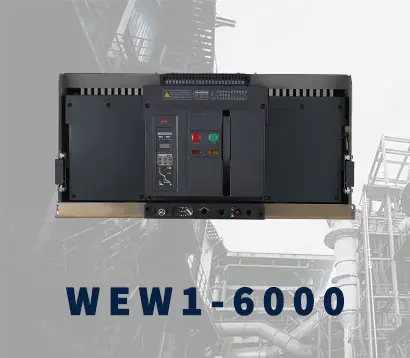 WEW1-6300
WEW1-6300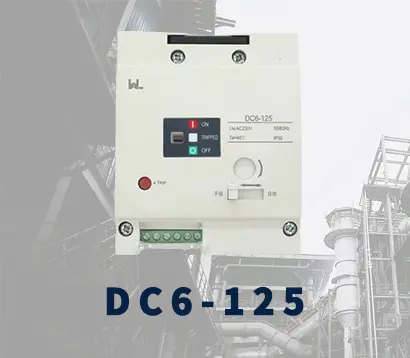 DC6-125
DC6-125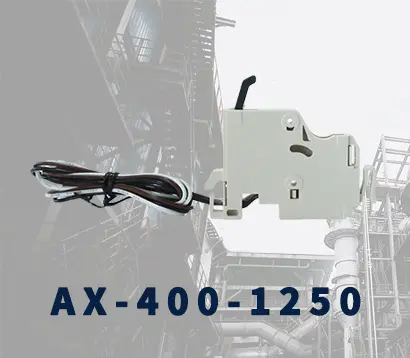 AX-400-1250
AX-400-1250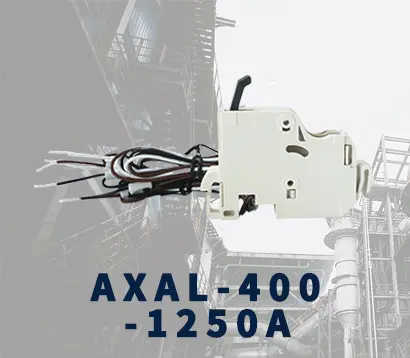 AXAL-400-1250A
AXAL-400-1250A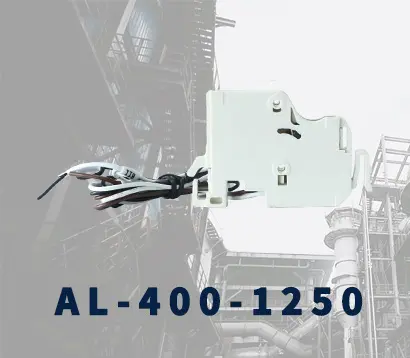 AL-400-1250
AL-400-1250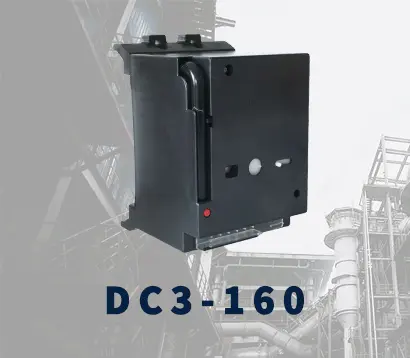 DC3-160
DC3-160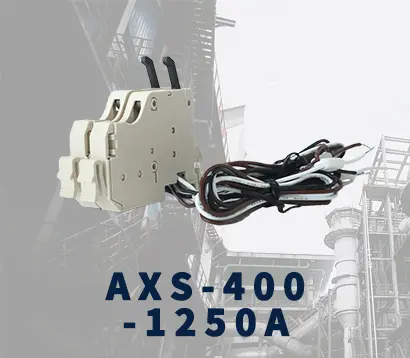 AXS-400-1250A
AXS-400-1250A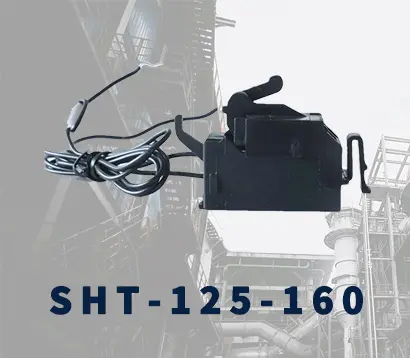 SHT-125-160
SHT-125-160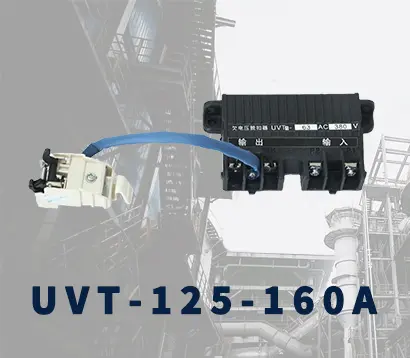 UVT-125-160A
UVT-125-160A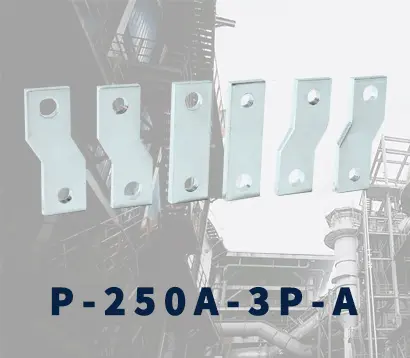 P-250A-3P-A
P-250A-3P-A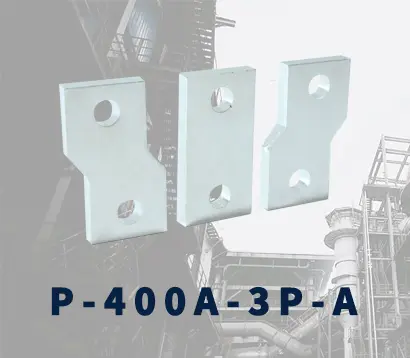 400-3P/4P terminal cover
400-3P/4P terminal cover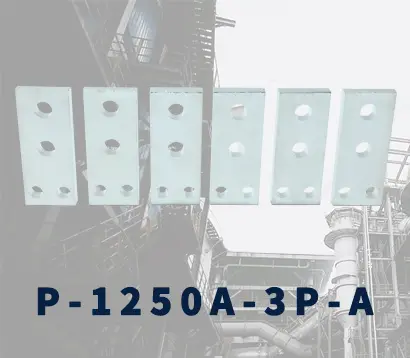 1250-3Pmccb accessories busbar
1250-3Pmccb accessories busbar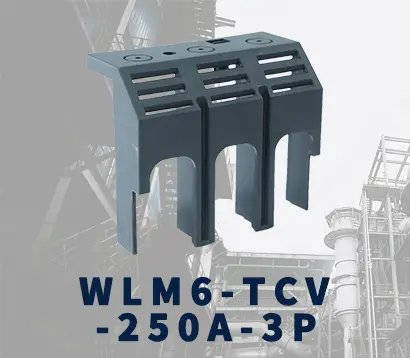 250-3P terminal conver
250-3P terminal conver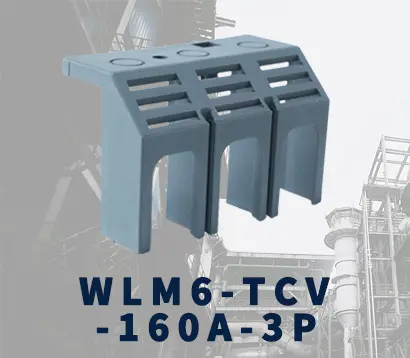 WLM6-TCV-160A-3P
WLM6-TCV-160A-3P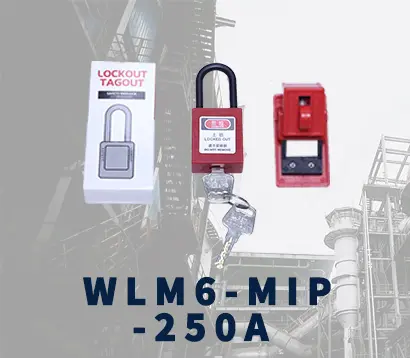 WLM6-MIP-250A
WLM6-MIP-250A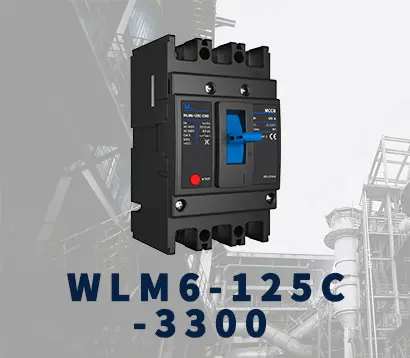 WLM6-125A-3300 3P/4P
WLM6-125A-3300 3P/4P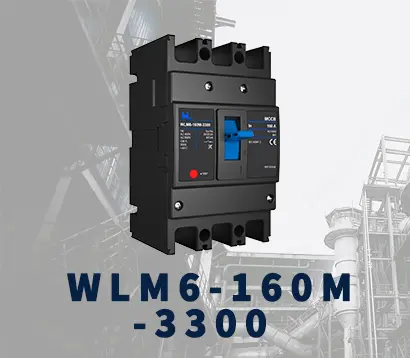 WLM6-160A-3300 3P/4P
WLM6-160A-3300 3P/4P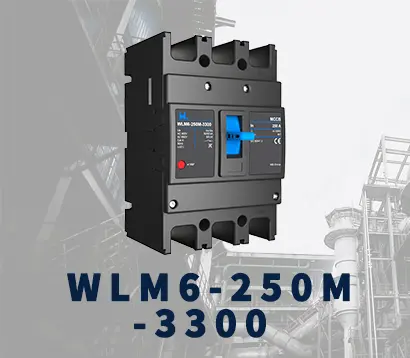 WLM6-250A-3300 3P/4P
WLM6-250A-3300 3P/4P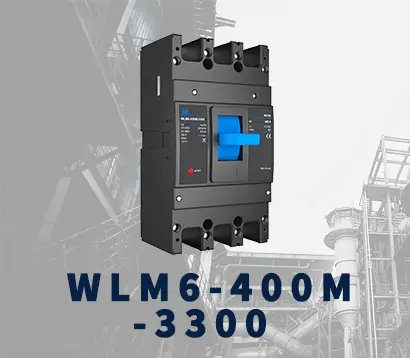 WLM6-400A-3300 3P/4P
WLM6-400A-3300 3P/4P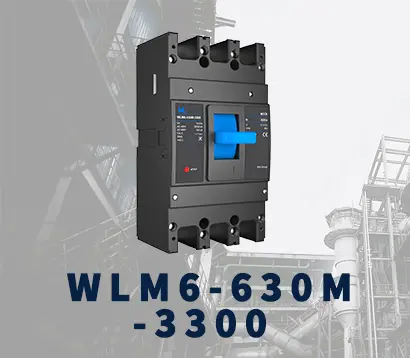 WLM6-630A-3300 3P/4P
WLM6-630A-3300 3P/4P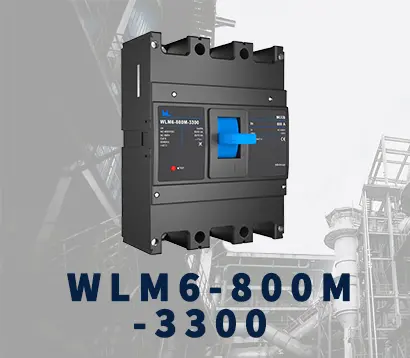 WLM6-800A-3300 3P/4P
WLM6-800A-3300 3P/4P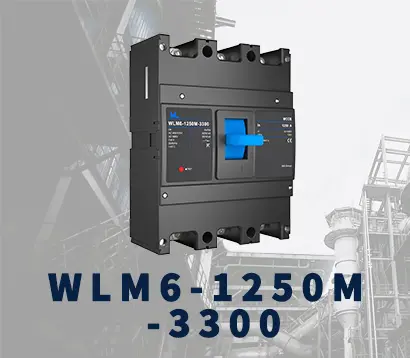 WLM6-1250A-3300 3P/4P
WLM6-1250A-3300 3P/4P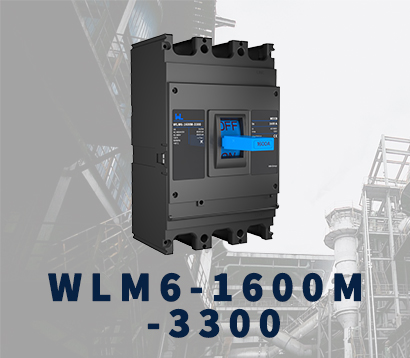 WLM6-1600A-3300 3P/4P
WLM6-1600A-3300 3P/4P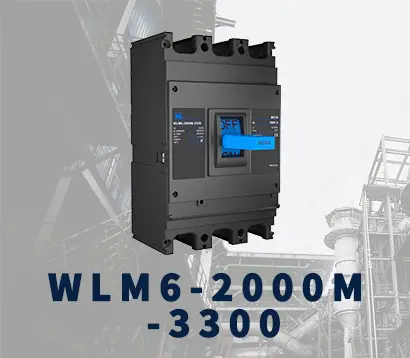 WLM6-2000A 3P/4P
WLM6-2000A 3P/4P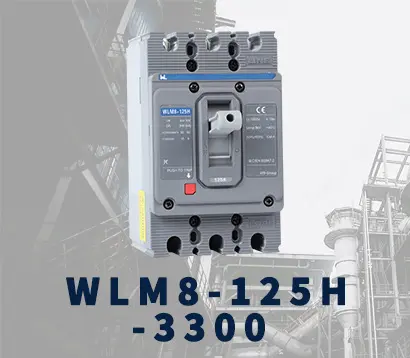 WLM8-125H-3300
WLM8-125H-3300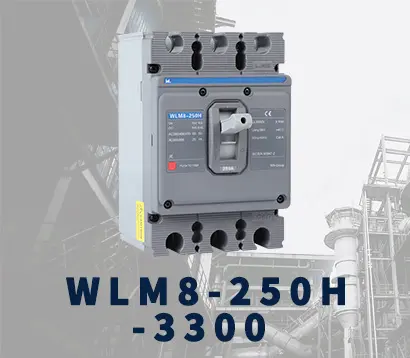 WLM8-250H-3300
WLM8-250H-3300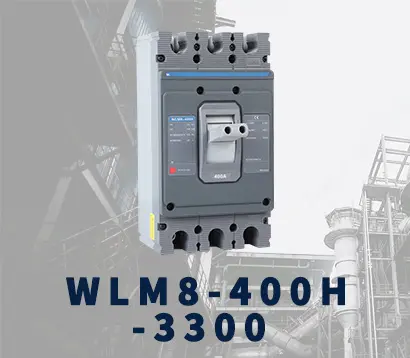 WLM8-400H-3300
WLM8-400H-3300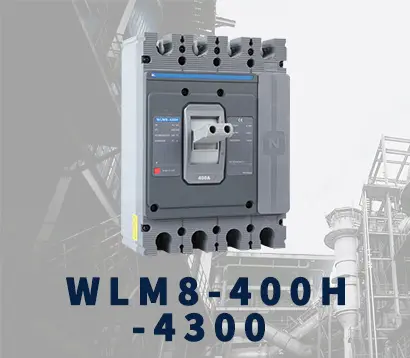 WLM8-400H-4300
WLM8-400H-4300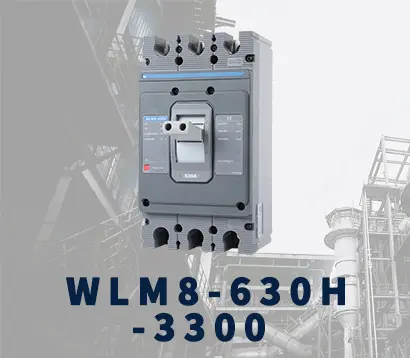 WLM8-630H-3300
WLM8-630H-3300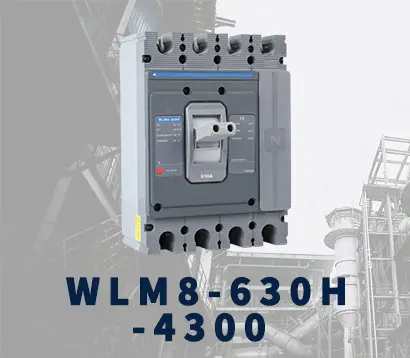 WLM8-630H-4300
WLM8-630H-4300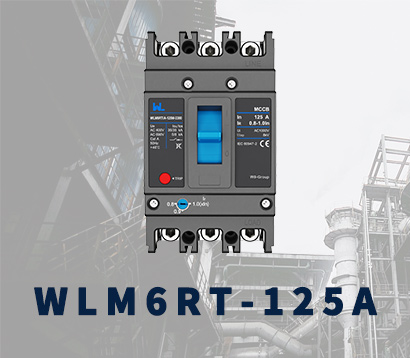 WLM6RT-125A
WLM6RT-125A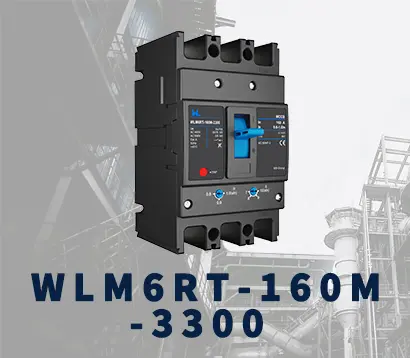 WLM6RT-160A
WLM6RT-160A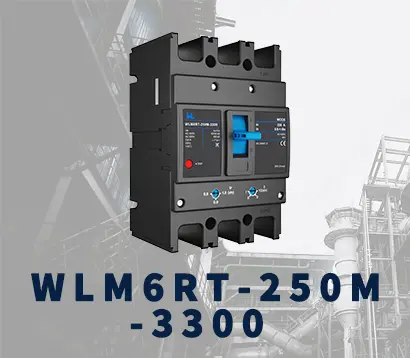 WLM6RT-250A
WLM6RT-250A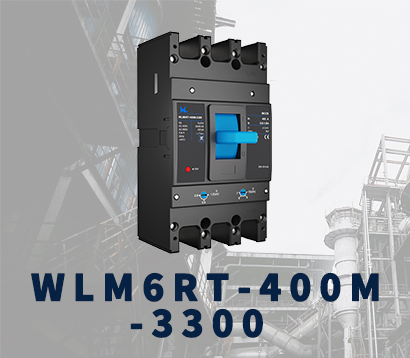 WLM6RT-400A
WLM6RT-400A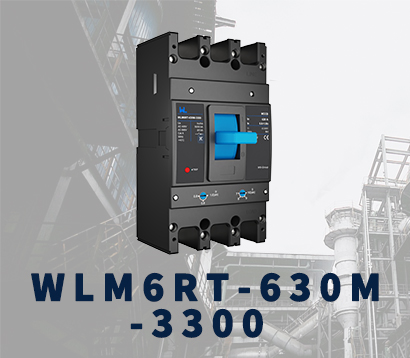 WLM6RT-630A
WLM6RT-630A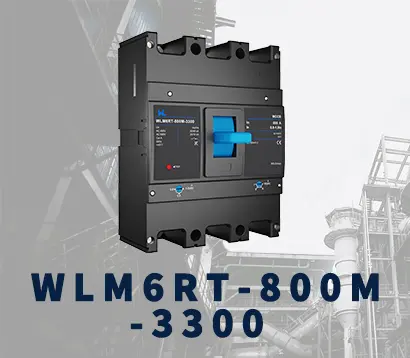 WLM6RT-800A
WLM6RT-800A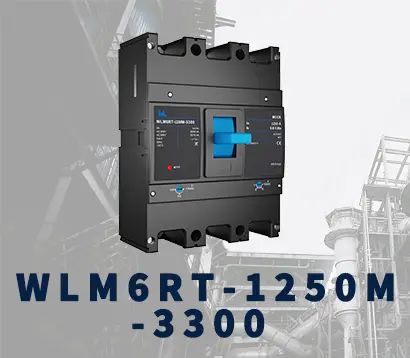 WLM6RT-1250A
WLM6RT-1250A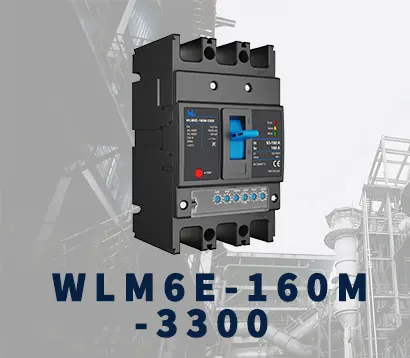 WLM6E-160A-3300 3P
WLM6E-160A-3300 3P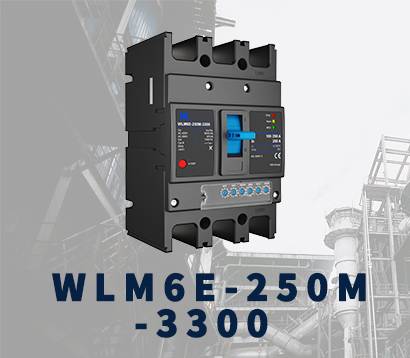 WLM6E-250A-3300
WLM6E-250A-3300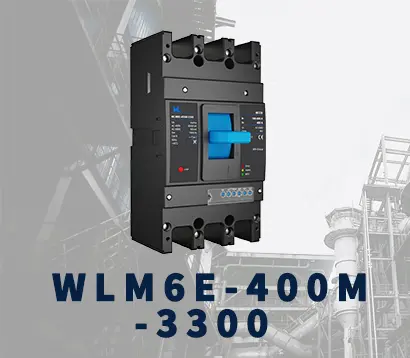 WLM6E-400A-3300 3P/4P
WLM6E-400A-3300 3P/4P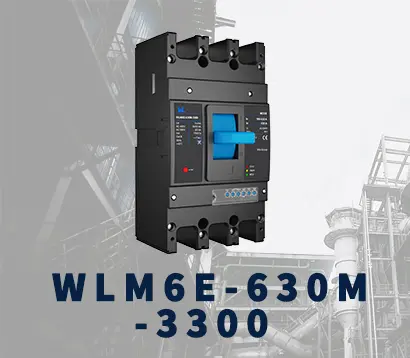 WLM6E-630A-3300
WLM6E-630A-3300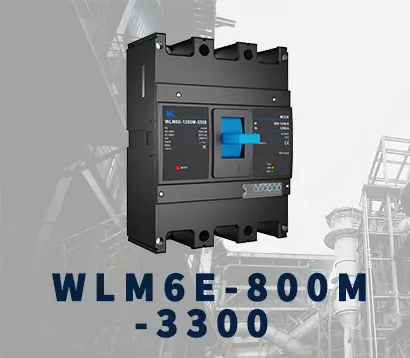 WLM6E-800A-3300 3P/4P
WLM6E-800A-3300 3P/4P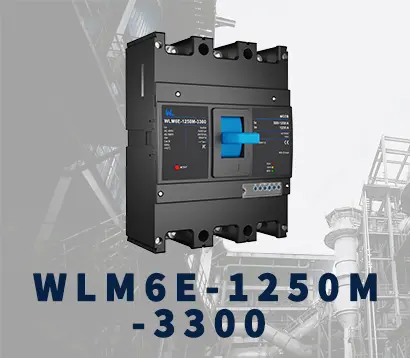 WLM6E-1250A-3300
WLM6E-1250A-3300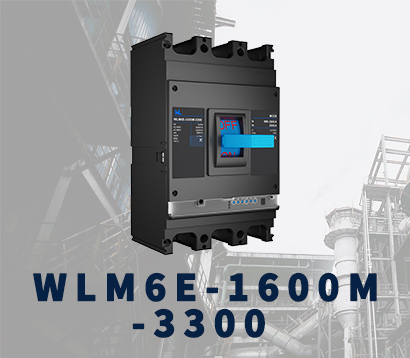 WLM6E-1600-3300 3P/4P
WLM6E-1600-3300 3P/4P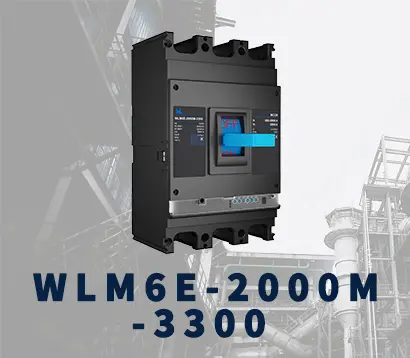 WLM6E-2000A-3300 3P/4P
WLM6E-2000A-3300 3P/4P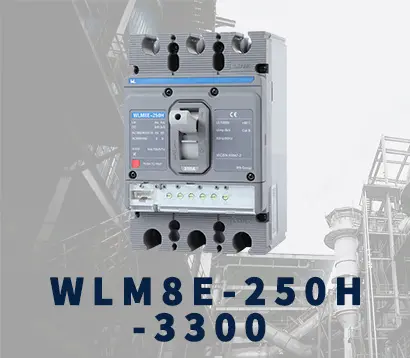 WLM8E-250H-3300
WLM8E-250H-3300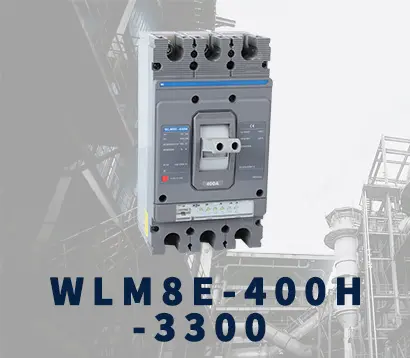 WLM8E-400H-3300
WLM8E-400H-3300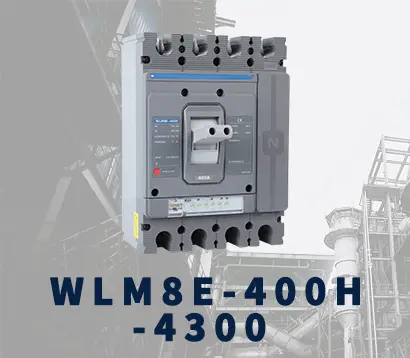 WLM8E-400H-4300
WLM8E-400H-4300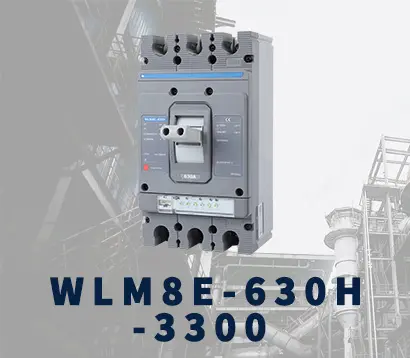 WLM8E-630H-3300
WLM8E-630H-3300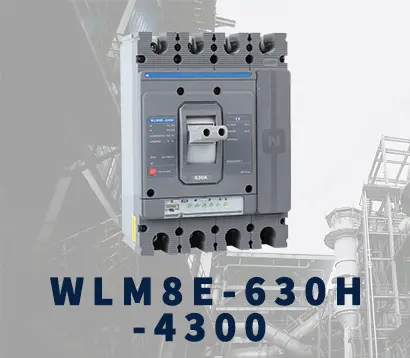 WLM8E-630H-4300
WLM8E-630H-4300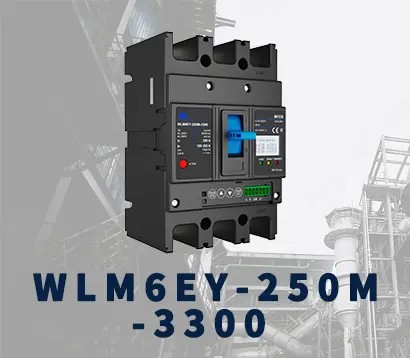 WLM6EY-250-3300 3P/4P
WLM6EY-250-3300 3P/4P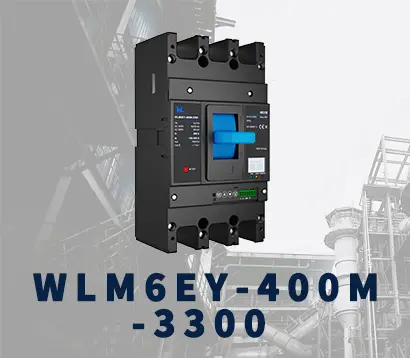 WLM6EY-400 3P/4P
WLM6EY-400 3P/4P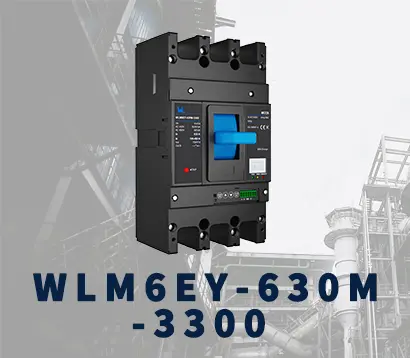 WLM6EY-630 3P/4P
WLM6EY-630 3P/4P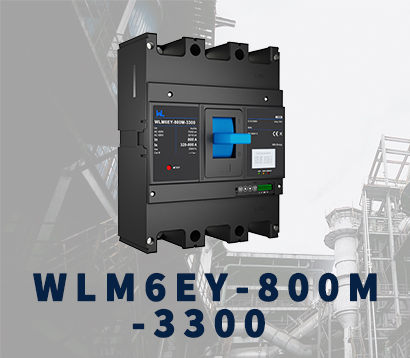 WLM6EY-800A 3P/4P
WLM6EY-800A 3P/4P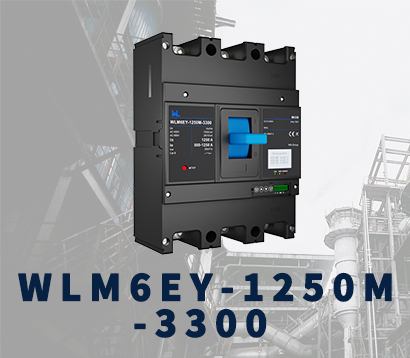 WLM6EY-1250A 3P/4P
WLM6EY-1250A 3P/4P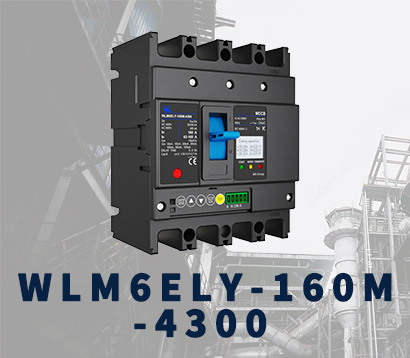 WLM6ELY-160A
WLM6ELY-160A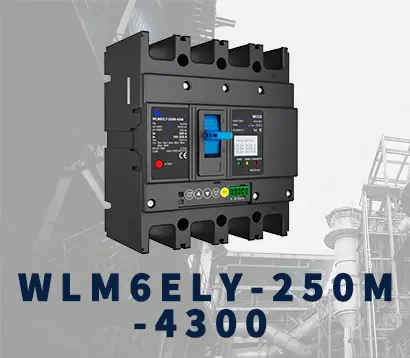 WLM6ELY-250A
WLM6ELY-250A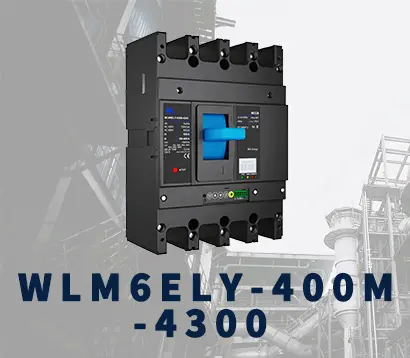 WLM6ELY-400A
WLM6ELY-400A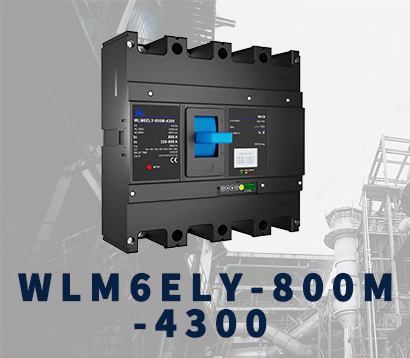 WLM6ELY-800A
WLM6ELY-800A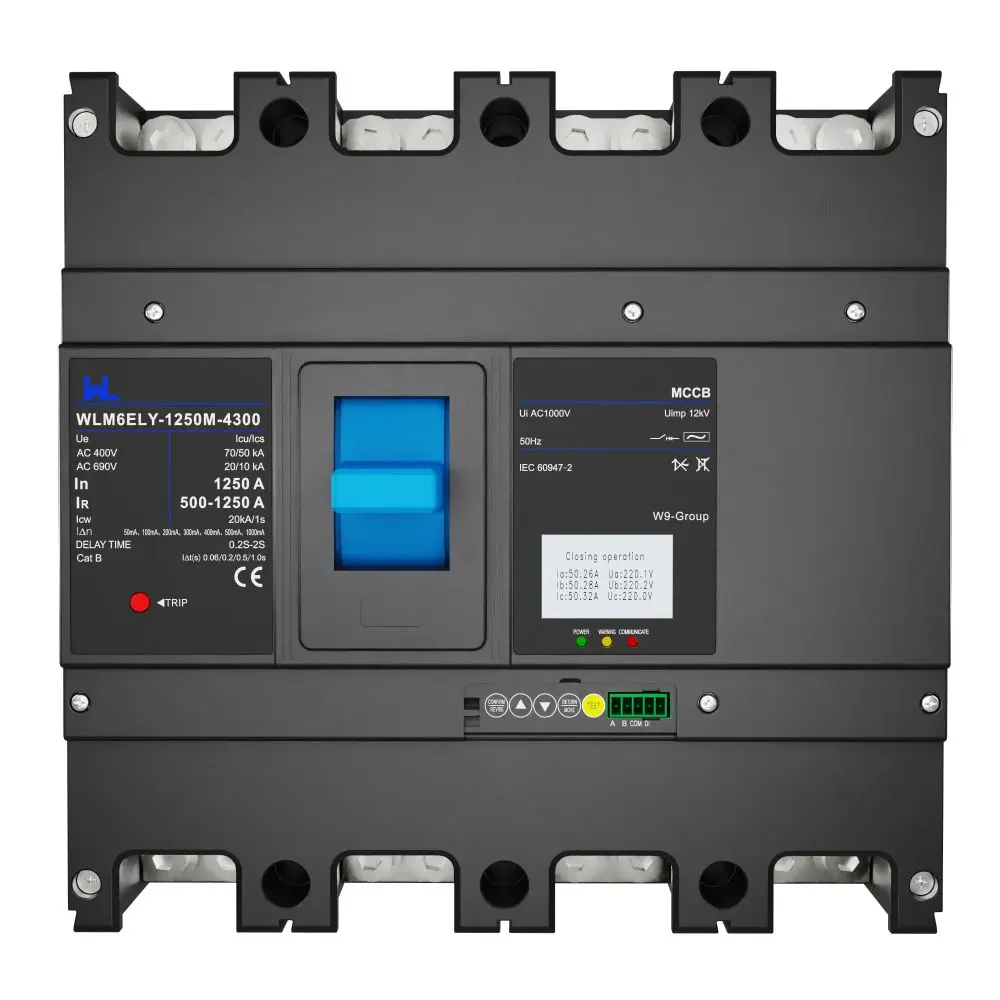 WLM6ELY-1250A
WLM6ELY-1250A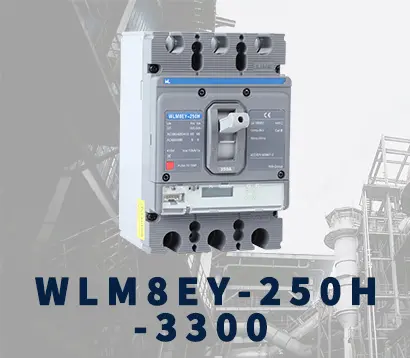 WLM8EY-250H-3300
WLM8EY-250H-3300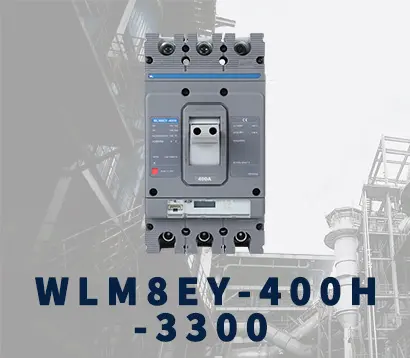 WLM8EY-400H-3300
WLM8EY-400H-3300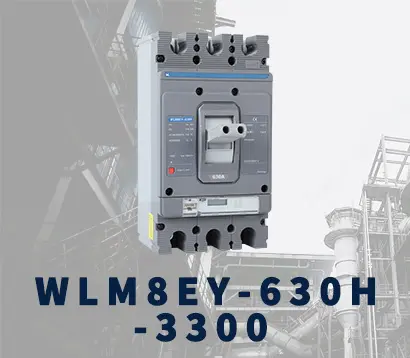 WLM8EY-630H-3300
WLM8EY-630H-3300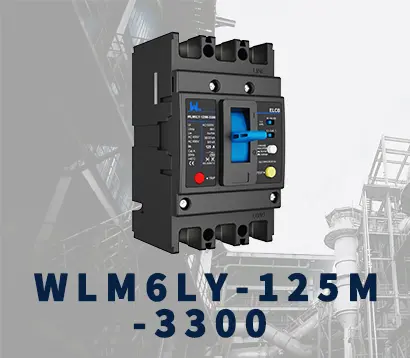 WLM6LY-125A
WLM6LY-125A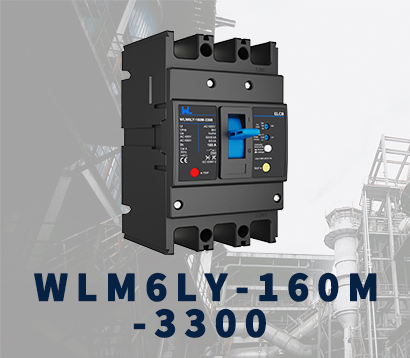 WLM6L-160A
WLM6L-160A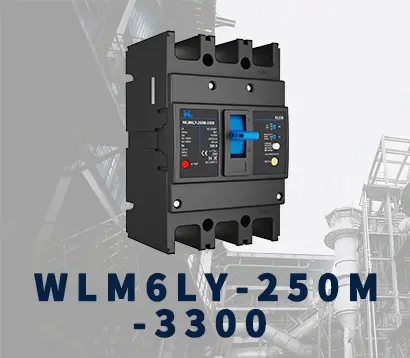 WLM6LY-250A
WLM6LY-250A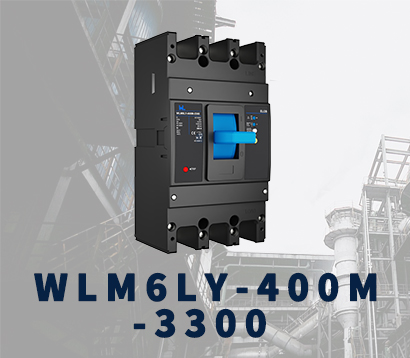 WLM6LY-400A
WLM6LY-400A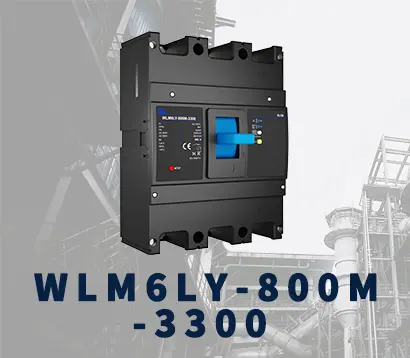 WLM6LY-800A
WLM6LY-800A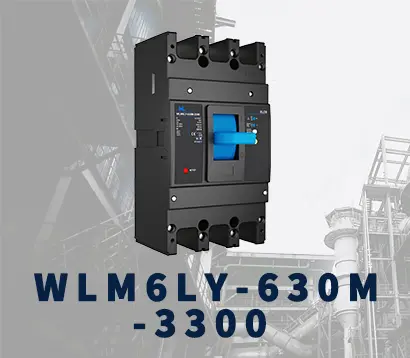 WLM6LY-630A
WLM6LY-630A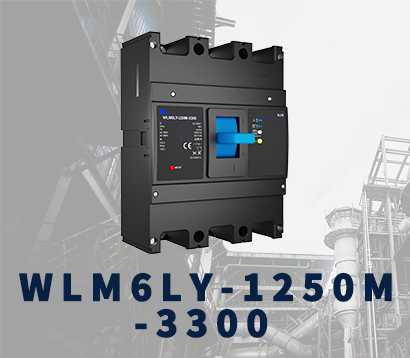 WLM6LY-1250A
WLM6LY-1250A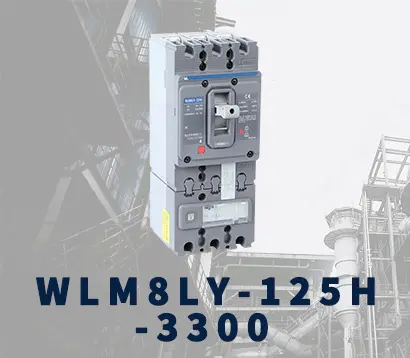 WLM8LY-125H-3300
WLM8LY-125H-3300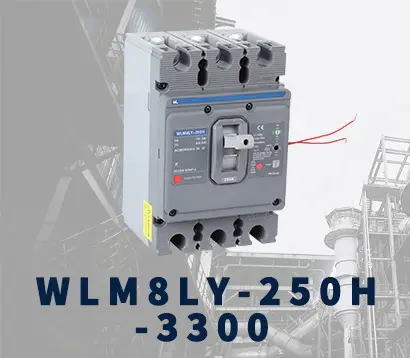 WLM8LY-250H-3300
WLM8LY-250H-3300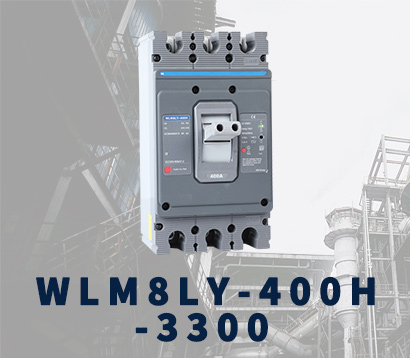 WLM8LY-400H-3300
WLM8LY-400H-3300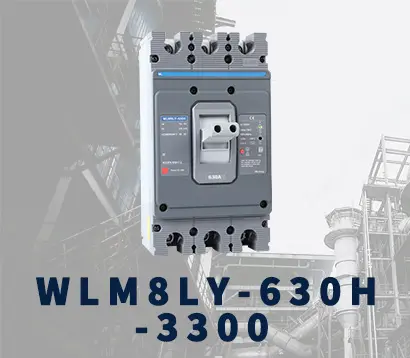 WLM8LY-630H-3300
WLM8LY-630H-3300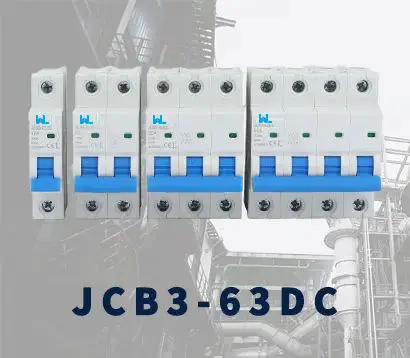 JCB3-63DC
JCB3-63DC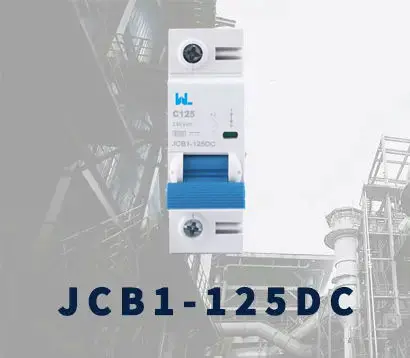 JCB1-125DC
JCB1-125DC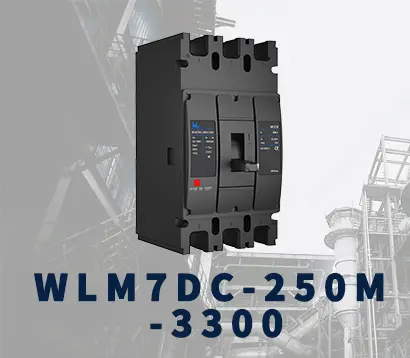 WLM7DC-250A-2300 2P/3P
WLM7DC-250A-2300 2P/3P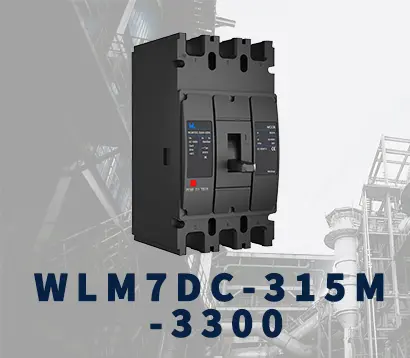 WLM7DC-315A-3300 2P/3P
WLM7DC-315A-3300 2P/3P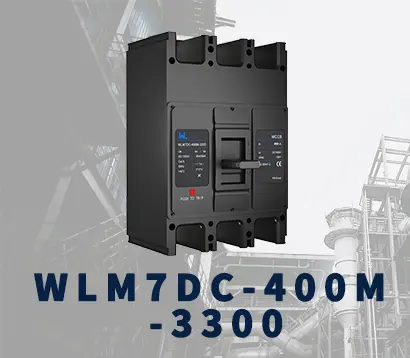 WLM7DC-400A-2300 2P/3P
WLM7DC-400A-2300 2P/3P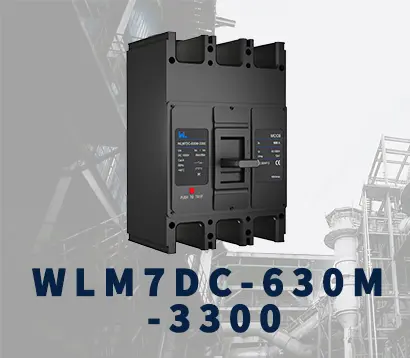 WLM7DC-630A-3300 3P
WLM7DC-630A-3300 3P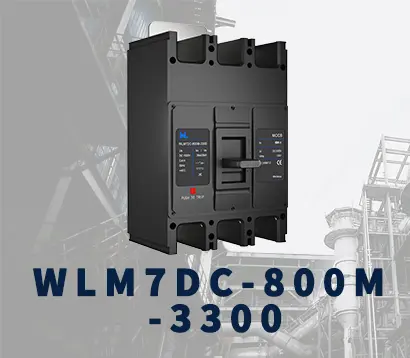 WLM7DC-800A-2300 2P/3P
WLM7DC-800A-2300 2P/3P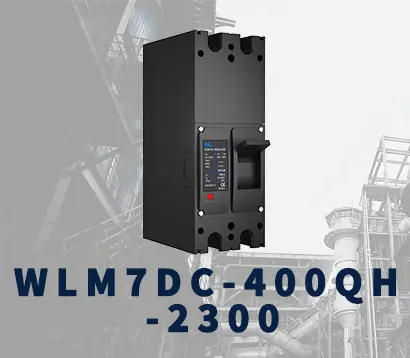 WLM7DC-400A 2300
WLM7DC-400A 2300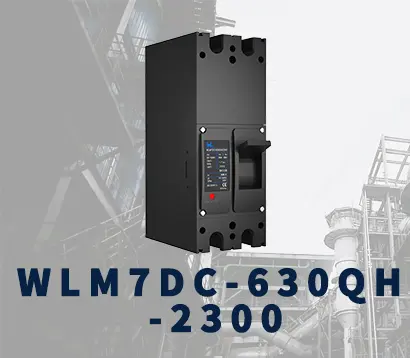 WLM7DC-630A-2300 2P
WLM7DC-630A-2300 2P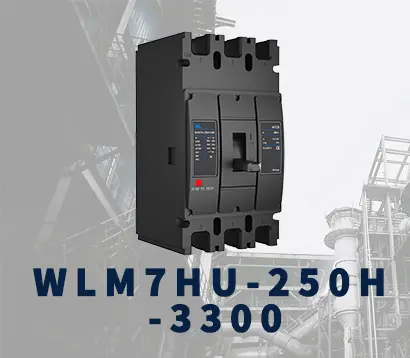 WLM7HU-250-3300 3P
WLM7HU-250-3300 3P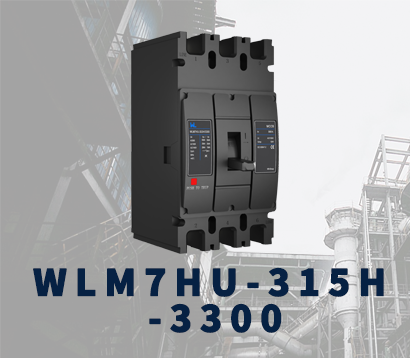 WLM7HU-315-3300 3P
WLM7HU-315-3300 3P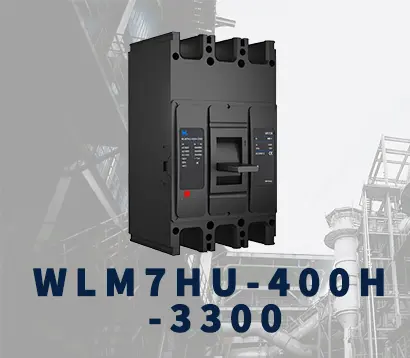 WLM7HU-400-3300 3P
WLM7HU-400-3300 3P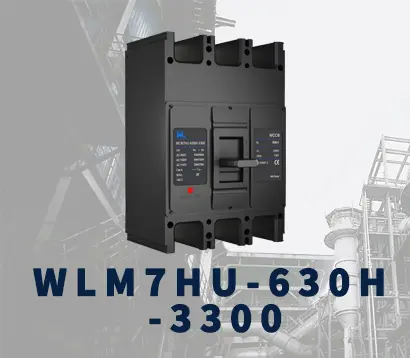 WLM7HU-630-3300 3P
WLM7HU-630-3300 3P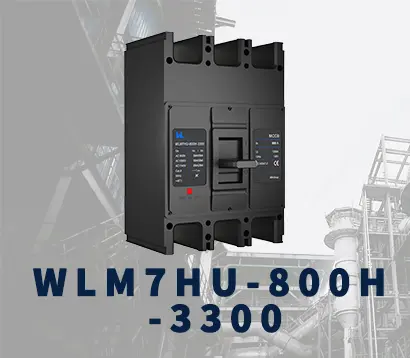 WLM7HU-800-3300 3P
WLM7HU-800-3300 3P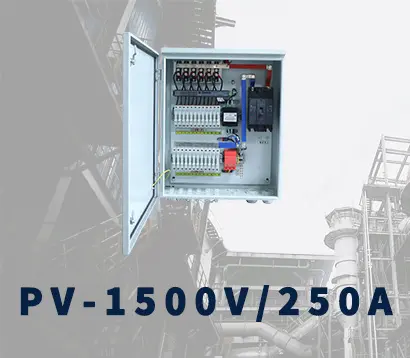 PV-1500V/250A
PV-1500V/250A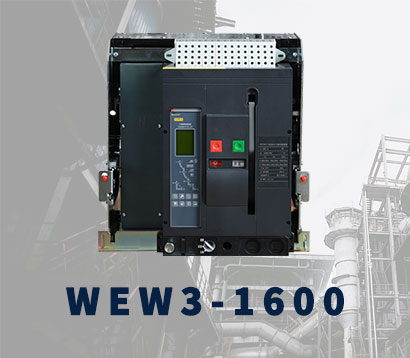 WEW3-1600
WEW3-1600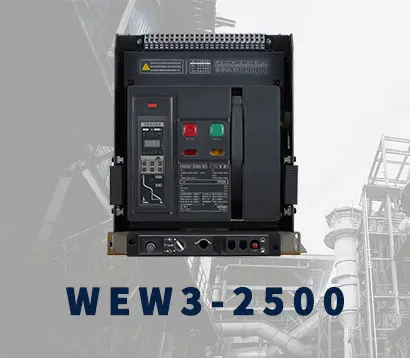 WEW3-2500
WEW3-2500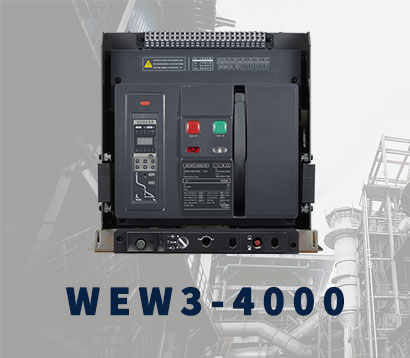 WEW3-4000
WEW3-4000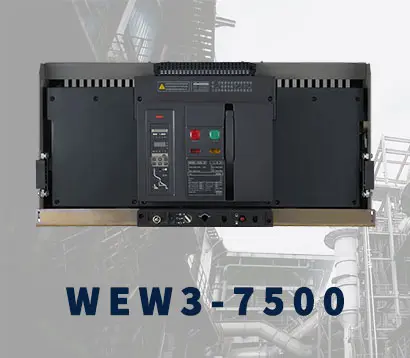 WEW3-7500
WEW3-7500



